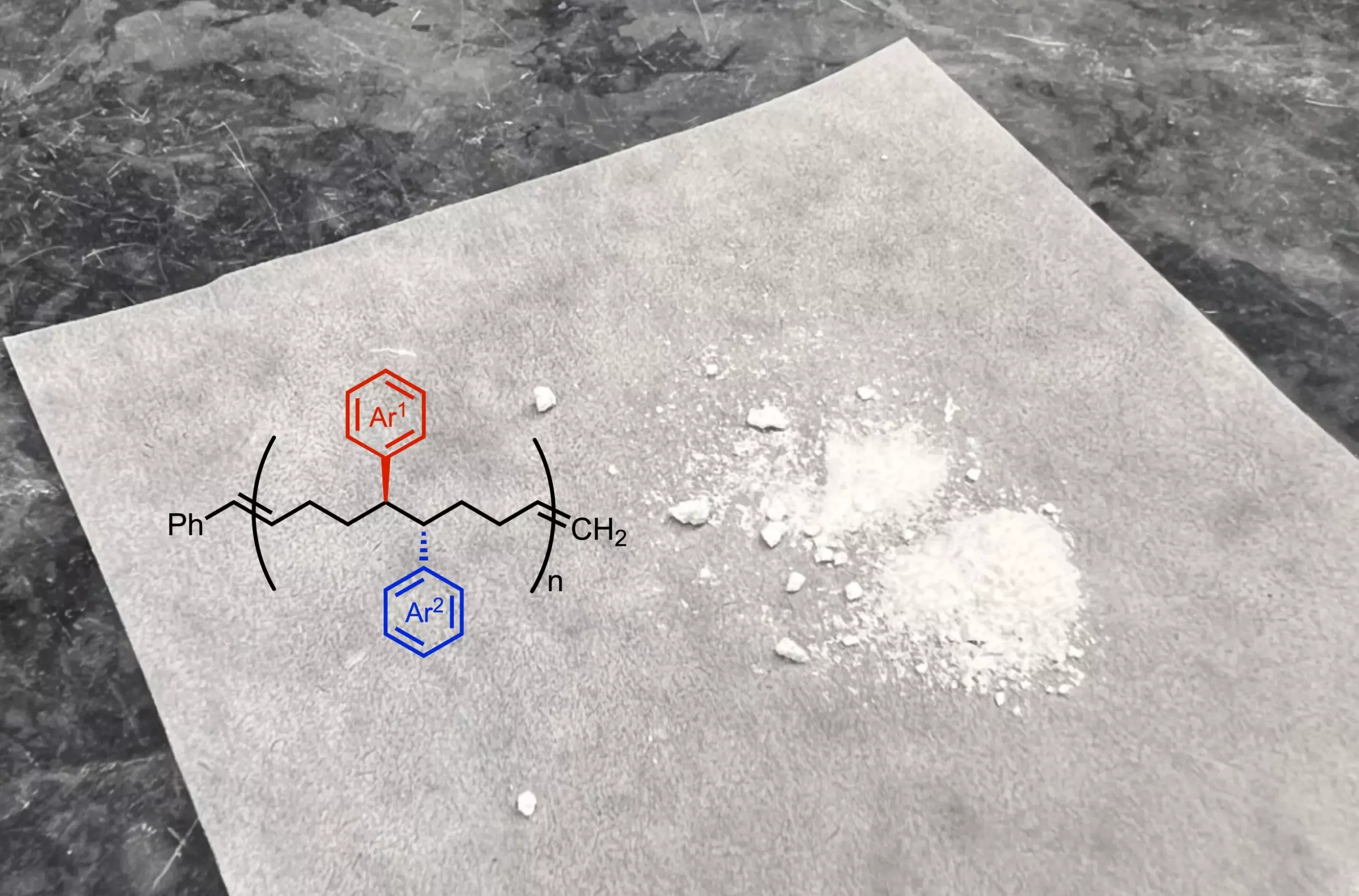Polymers can often be likened to trains, where each monomer acts as a train car linked together by chemical bonds. This analogy helps convey essential aspects of polymer chemistry, illustrating how the composition and characteristics of polymers are determined by the monomers from which they are constructed. Traditional polymers have been limited to straightforward monomer combinations, leading to a restricted range of molecular properties and applications. This limitation is especially pronounced in industries such as pharmaceuticals, construction, and electronics, where unique material attributes can greatly enhance functionality.
Recent advances in polymer chemistry, particularly through the collaborative effort of Scripps Research chemists and other academic institutions, introduce a promising method for generating unique monomers that can significantly vary in their properties. By employing nickel as a catalyst, researchers are now able to manipulate the molecular structure of monomers systematically, opening up pathways for the development of polymers with distinct and adaptable features.
A published study highlights the innovative approach taken by the Scripps Research team in conjunction with experts from Georgia Institute of Technology and the University of Pittsburgh. This ground-breaking research, showcased in Nature Synthesis, reveals a novel chemical reaction that modifies a molecule’s structure by adding two new functional groups. These functional groups dramatically influence the resulting polymer’s characteristics, including flexibility, elasticity, and solubility—properties that are vital for applications such as drug delivery systems and advanced material technologies.
Senior author Dr. Keary Engle from Scripps Research emphasizes the significance of utilizing earth-abundant metals like nickel. This resourcefulness is crucial, not only for the sustainability of the methods but also for enabling broader access to quality materials that can foster structural and functional diversity in polymer science.
While traditional polymer production often relies on a predictable backbone with minimal variation in functional group positioning, this new method breaks that mold. The team’s work signifies a shift away from standardized methods and allows for the incorporation of functional groups in close proximity, thus crafting materials with unprecedented properties.
Interdisciplinary collaboration has played a vital role in this research endeavor, underscoring the importance of merging expertise from various scientific domains. The collective effort of chemists and polymer researchers demonstrates how cross-institutional partnerships can lead to innovative methodologies that amplify scientific exploration. This cooperation not only provided a platform for testing new strategies but helped towards understanding the impact of diverse chemical building blocks on macromolecular structures.
Postdoctoral researcher Dr. Anne Ravn has been instrumental in bridging the visions of small-molecule chemistry with polymer science. Her insights reflect the focus on adapting well-established synthetic methodologies to address larger problems, showcasing how a new perspective on existing techniques can yield exciting outcomes in polymer development.
The implications of this research extend beyond merely designing unique polymers; they highlight a prospective pathway towards environmentally sustainable practices in polymer production. Given the increasing demand for eco-friendly materials, the versatility of nickel as a catalyst offers a promising alternative to precious metal catalysts that are often resource-intensive and costly.
Moreover, the researchers are actively exploring avenues for enhancing the sustainability of the polymers themselves. A critical aspect of their future research will involve developing methods to degrade long-chain polymers back into their original building blocks, which could open the door for increased material reuse and recycling. The ability to efficiently break down and regenerate polymer materials aligns with pressing global sustainability goals and addresses the growing concern surrounding plastic waste.
The innovative developments led by the Scripps Research team signal a substantial leap forward in polymer chemistry. By breaking traditional boundaries and employing nickel catalysis to produce unique monomers, they pave the way for the creation of polymers with tailored properties that can impact diverse sectors. The collaboration emphasizes the value of interdisciplinary approaches and showcases a commitment to sustainable practices. As future studies aim to explore varying functional groups and develop eco-friendly degradation methods, the field of polymer science stands on the brink of a new era characterized by creativity and sustainability.

